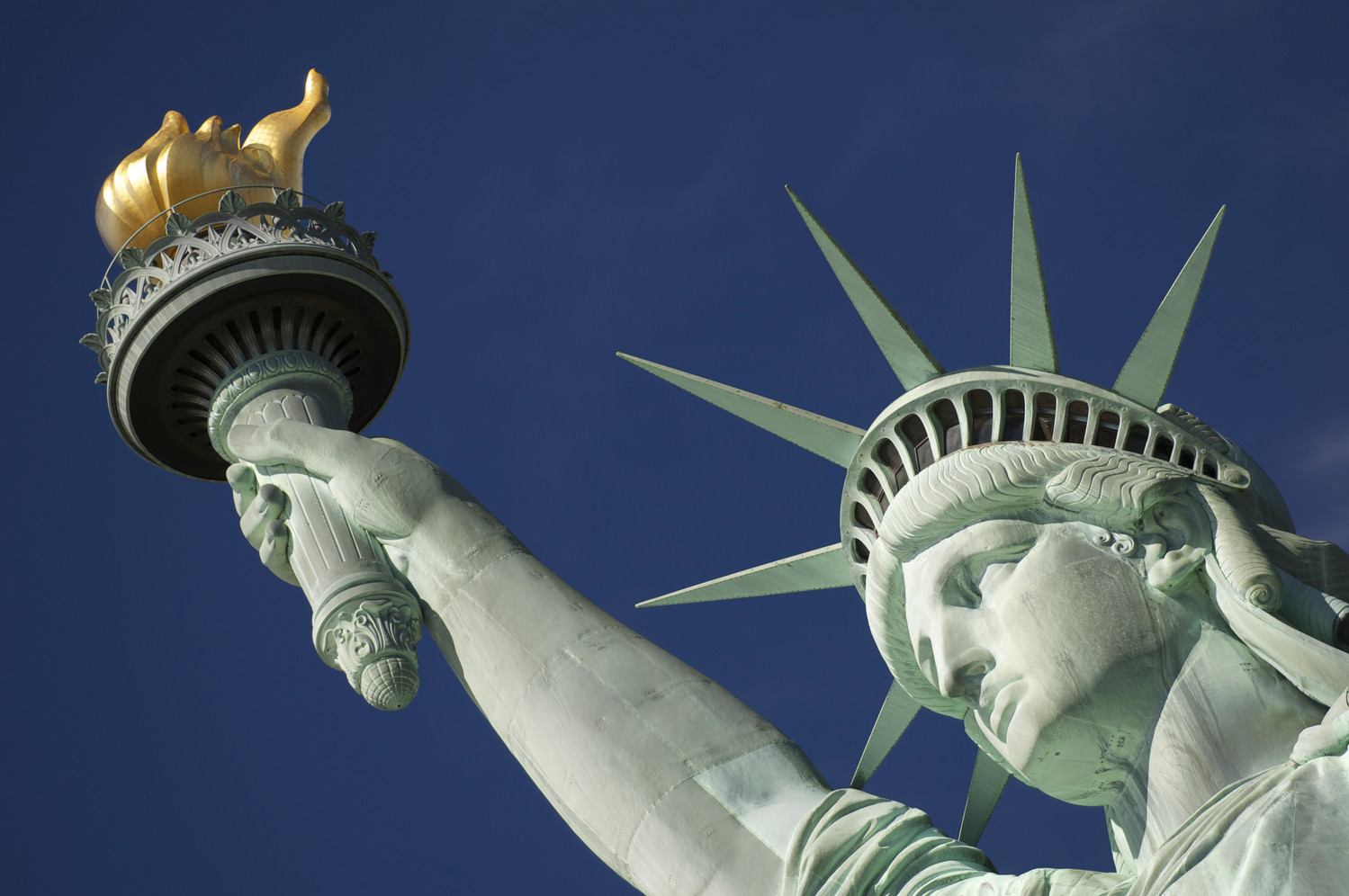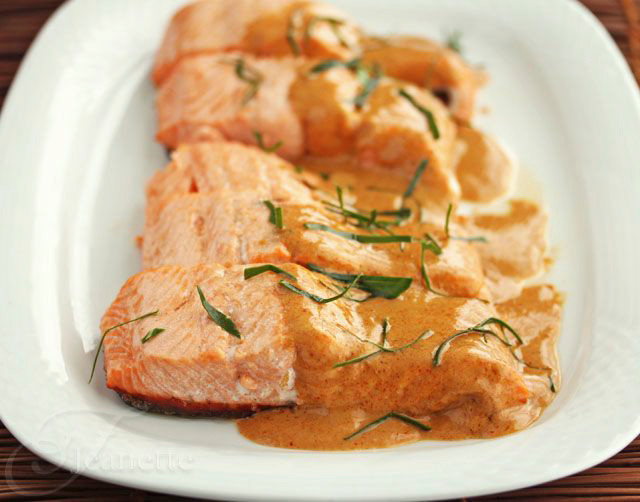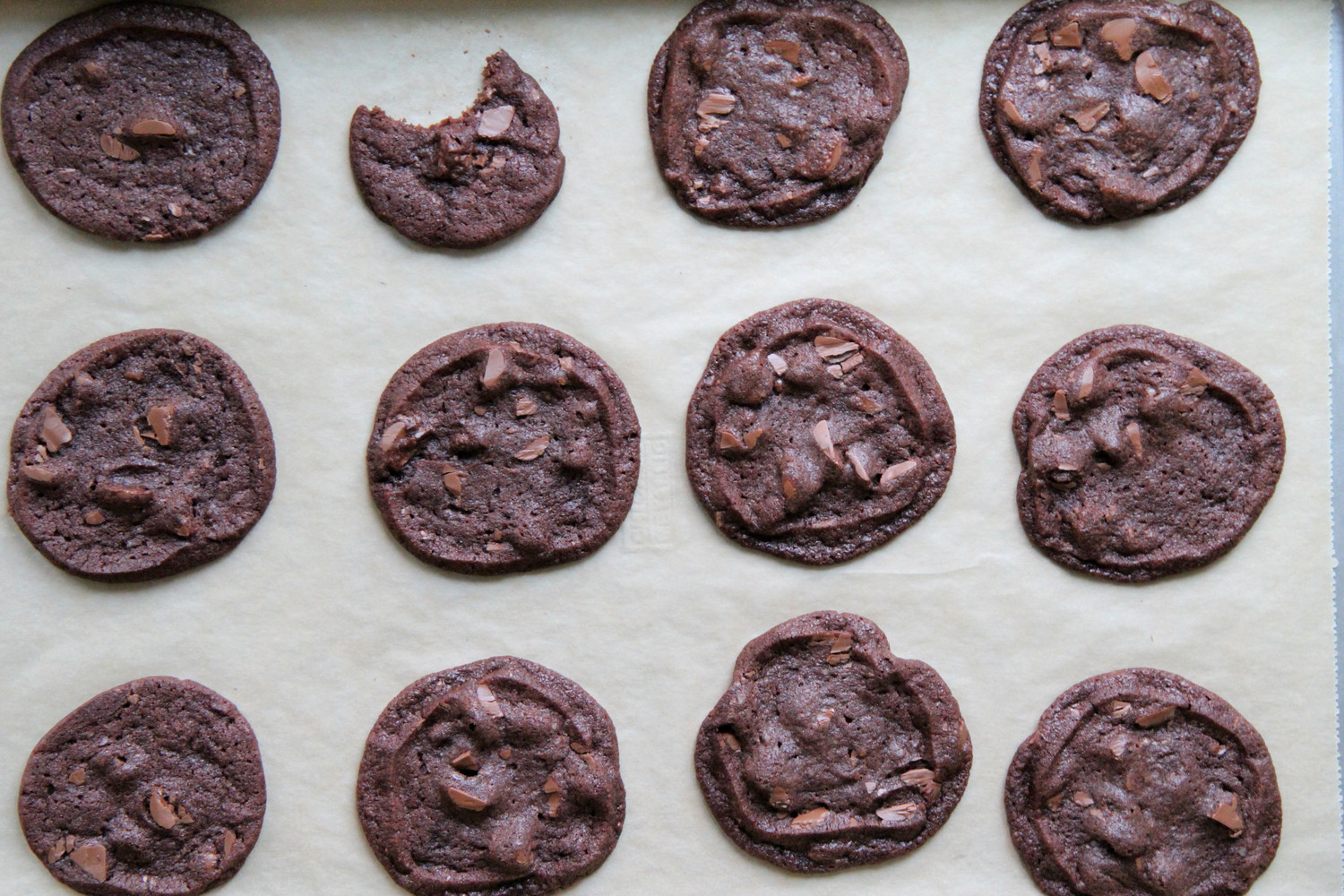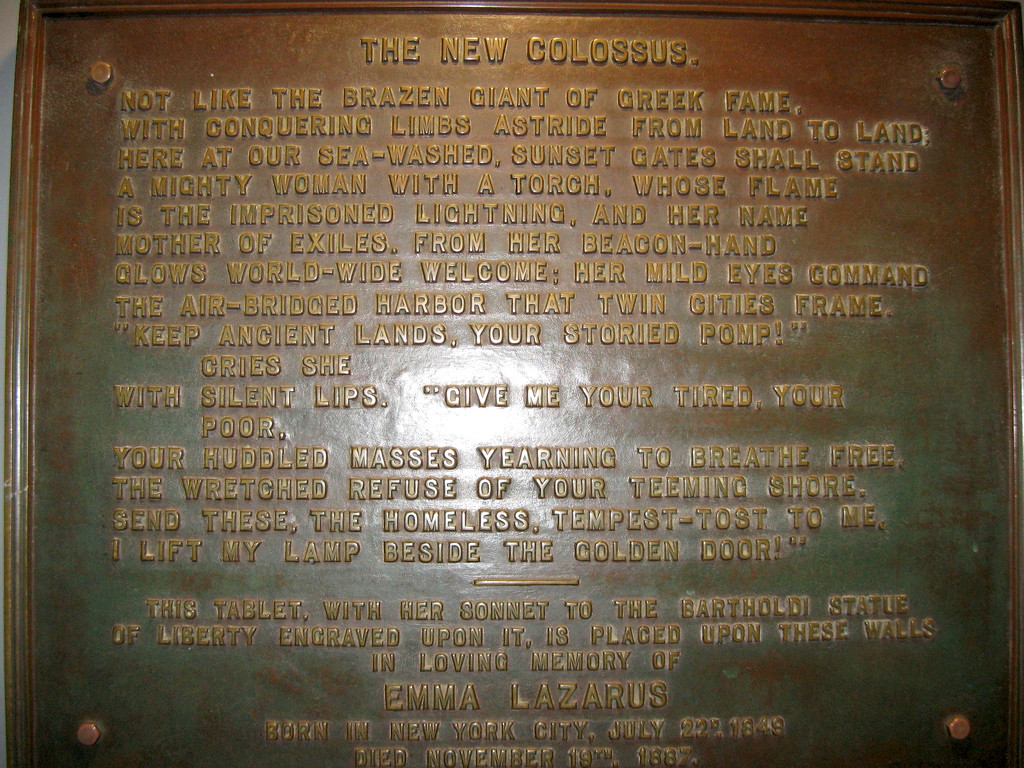Saluting America and recalling when we were immigrants too
It is almost July 4th, that most American of all American holidays. I am a true and unabashed patriot, especially on the Fourth of July, and I love the parades, the concerts and the many, many barbecues that take place across our vast country.
Last year, I wrote about the Jews who have fought for America from its inception, through all its wars, and who continue to serve in the armed forces today. But this year, I have been thinking about my grandfather, the one I never knew, who died just a few months before I was born. He came to America escape the pogroms in Russia, and found here a country that accepted him and allowed what he felt were extraordinary freedoms. I also thought about the very first Jews to arrive on this continent. How lonely it must have been for them!
The first Jewish man to come to the New World was Elias Legarde, a Sephardic Jew who arrived in Jamestown in 1621. In 1649, another Sephardic Jewish man, Solomon Franco, arrived in Boston and settled there, doing business for a Dutchman. Apparently, things went badly, and he was expelled to Holland a few years later. In 1674, there were only two Jews in Boston.
For decades, you could count the Jewish population of Boston on one hand. Those who trickled in experienced prejudice as they tried to forge a life: they wanted to be full participants in the political creation of the new world, but to their disappointment, were barred from voting. By 1875, America was almost 100 years old, but the Jewish community in Boston numbered merely 3,000.
However, by World War I, that number had exploded — to almost 90,000! Most of the new immigrants were Eastern European Jews who fled before, during and after the war. My maternal grandfather arrived in 1904 as an 8-year-old, and got right to work. He learned English, attended some yeshiva, and read scores of books. He eventually built a thriving, lucrative business that made women’s apparel and women’s armed forces uniforms during World War II. He was a staunch American patriot who loved this country that had saved his family from the Russian pogroms.
So I come by my patriotism and love of country honestly. America is an amazing place, and I am thankful every day that I live where I can love my country, practice my religion openly and say what I want — within reason, of course!
Those early Jewish settlers came to a new world and made this country — often good, sometimes bad, forever complicated and beautifully diverse — a place for us all to love and cherish. The poem at the gateway to America was penned by a young Jewish woman, speaking to the acceptance of all who choose to come to its shores. The Fourth of July celebrates that enduring ideal.
Sweet Hot Salmon with Jicama Celery Slaw (pareve)
All the ingredients in this glaze are to taste. Make it as hot — or not! — as your family likes.
2 Tbsp. hot sauce, tabasco or sriracha, to taste, less for less heat
1-1/2 Tbsp. dark brown sugar, firmly packed
1 tsp. (scant) smoked paprika
1/4 tsp. cayenne pepper, more or less, to taste
1 small clove garlic, pressed through a garlic press
1 tsp. agave nectar or honey
2 tsp. canola oil
1 Tbsp. chives, finely minced
1 Tbsp. fresh parsley, finely minced, leaves only
4 salmon fillets, 5 to 8 ounces each, thin fat edge removed
Salt and freshly ground black pepper
Canola oil for grill and for brushing salmon
Place the hot sauce, dark brown sugar, paprika, cayenne, garlic, agave syrup or honey, and canola oil in a small bowl and whisk vigorously to blend thoroughly.
Brush the grill with oil and brush each salmon piece lightly with oil. Season lightly with salt and pepper. Place on the hot grill and leave for 2 to 3 minutes, or until the fish moves easily. While cooking, brush the top with the glaze once or twice.
Flip the salmon pieces and brush the cooked side with the glaze 2 or 3 times while cooking the second side. When cooked, place on a platter and brush once more with the glaze. Garnish with the parsley and chives. Serve with Jicama Celery Slaw.
Jicama Celery Slaw for Salmon (Pareve)
1 small jicama, peeled and cut into thin, matchstick pieces
6 to 10 stalks of celery, thinly sliced on diagonal
1/4 of small purple cabbage, cut into slices
1 small sweet onion, like Vidalia or red onion, cut in quarters and thinly sliced
1-1/2 Tbsp. prepared hot/sweet glaze
2 to 4 Tbsp. lite mayonnaise
NOTE: A thinly-sliced Granny Smith apple adds a nice touch.
Place 1-1/2 tablespoons of the hot sauce into a large bowl. Add the mayonnaise and whisk to blend.
Slice the celery, purple cabbage, red onion and jicama into thin pieces and add to the bowl. Toss to coat with the dressing and then cover and refrigerate.
Serve with the salmon. Serves 4.
Thai Curried Grilled Salmon (Pareve)
1 Tbsp. canola oil
1 tsp. minced garlic
1 tsp. grated peeled ginger
1 tsp. coriander
1-1/2 tsp. Thai red curry paste, more or less, to taste
1 tsp. paprika
1/2 tsp. cumin, more to taste
1-1/4 cups coconut milk, full fat or low-fat
3 Tbsp. tomato paste, scant
2 tsp. tamari sauce
1-1/2 Tbsp. packed dark brown sugar, more to taste
GARNISH: 1 to 2 scallions, thinly sliced
OPTIONAL: 1 Tbsp. coarsely chopped peanuts
4 salmon fillets, about 6 to 8 ounces each
2 Tbsp. extra virgin olive oil
Salt and freshly ground black pepper
Heat the canola oil in a medium saucepan over medium heat. Add the garlic and ginger and sauté for 2 to 3 minutes. Remove from the heat and add the coriander, cumin, paprika, and curry paste and cook over very low heat for 2 minutes, stirring constantly.
Slowly add the coconut milk, tomato paste, soy sauce, and brown sugar. Increase the heat and, stirring constantly, bring the mixture to a simmer, but not a boil. Remove from heat. When bubbles start to form, remove from heat.
Heat the grill to medium and brush a fish rack with olive oil. Brush the salmon with olive oil and season with salt and pepper. Place the fish on the grill and cook for about 3 to 4 minutes each side until cooked through. Don’t overcook!
When the fish is done, place one piece on each plate and drizzle with the sauce. Serve with rice and drizzle the sauce over the rice. Garnish with scallions and peanuts. Serves 4.
World Peace Cookies (Dairy)
These were named by the originator of this recipe, Pierre Hermes, who gave it to famed cook Dorrie Greenspan. The recipe has traveled through many hands. This is my adaptation.
1-1/4 cups unbleached flour
1/3 cup natural unsweetened cocoa powder
1/2 tsp. baking soda
1 stick plus 3 Tbsp. unsalted butter, room temperature
2/3 cup (firmly packed) golden brown sugar
1/4 cup granulated sugar
2 tsp. pure vanilla extract
1/8 tsp. salt
6 ounces bittersweet or extra-bittersweet chocolate, 52 to 72% cocoa, chopped (no pieces bigger than 1/3 inch), or 6 ounces bittersweet chocolate chips.
3 ounces milk chocolate chips or white chocolate chips, or even peanut butter or butterscotch chips
Sift the flour, cocoa, and baking soda into medium bowl.
Place the butter in the bowl of an electric mixer and beat until smooth and creamy. Add the brown and white sugar and the vanilla and sea salt. Beat until fluffy, about 2 minutes.
Reduce the speed to very low and slowly add the flour/cocoa mixture. Beat just until blended. The mixture may be a bit crumbly. If too crumbly, knead a bit in the bowl to bring the dough together in a ball.
Divide the dough in half and place each piece on a sheet of plastic wrap. Form into a 1-1/2-inch thick log, wrap and refrigerate until firm, about 3 hours.
Preheat oven to 325 degrees. Line 2 baking sheets with parchment paper.
Use a thin sharp knife to cut ½-inch thick rounds. Place 1 inch apart on the parchment.
Bake for 11 to 12 minutes until the cookies look dry on top. Place the baking sheets on a rack to cool and firm up. When cooled, transfer to an airtight container. Makes about 18 cookies.

 46.0°,
Light Drizzle
46.0°,
Light Drizzle 












